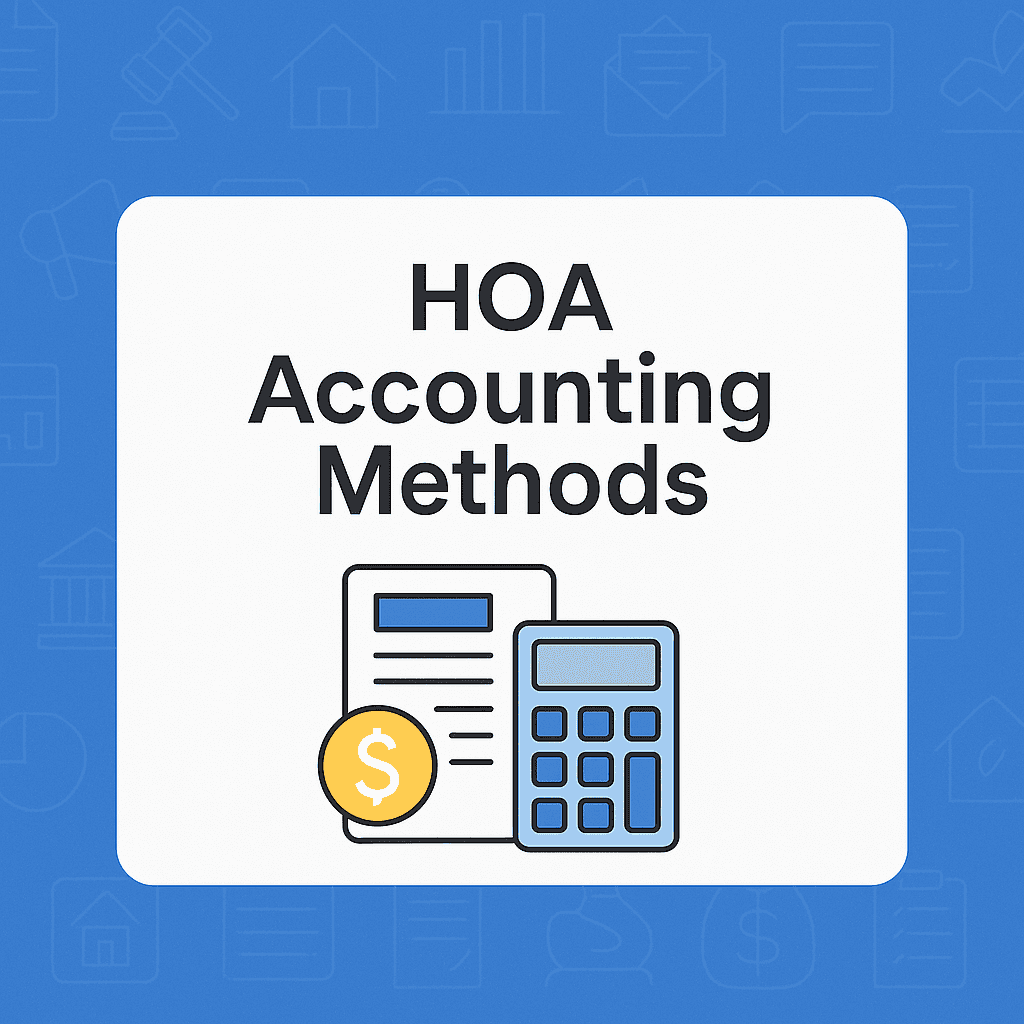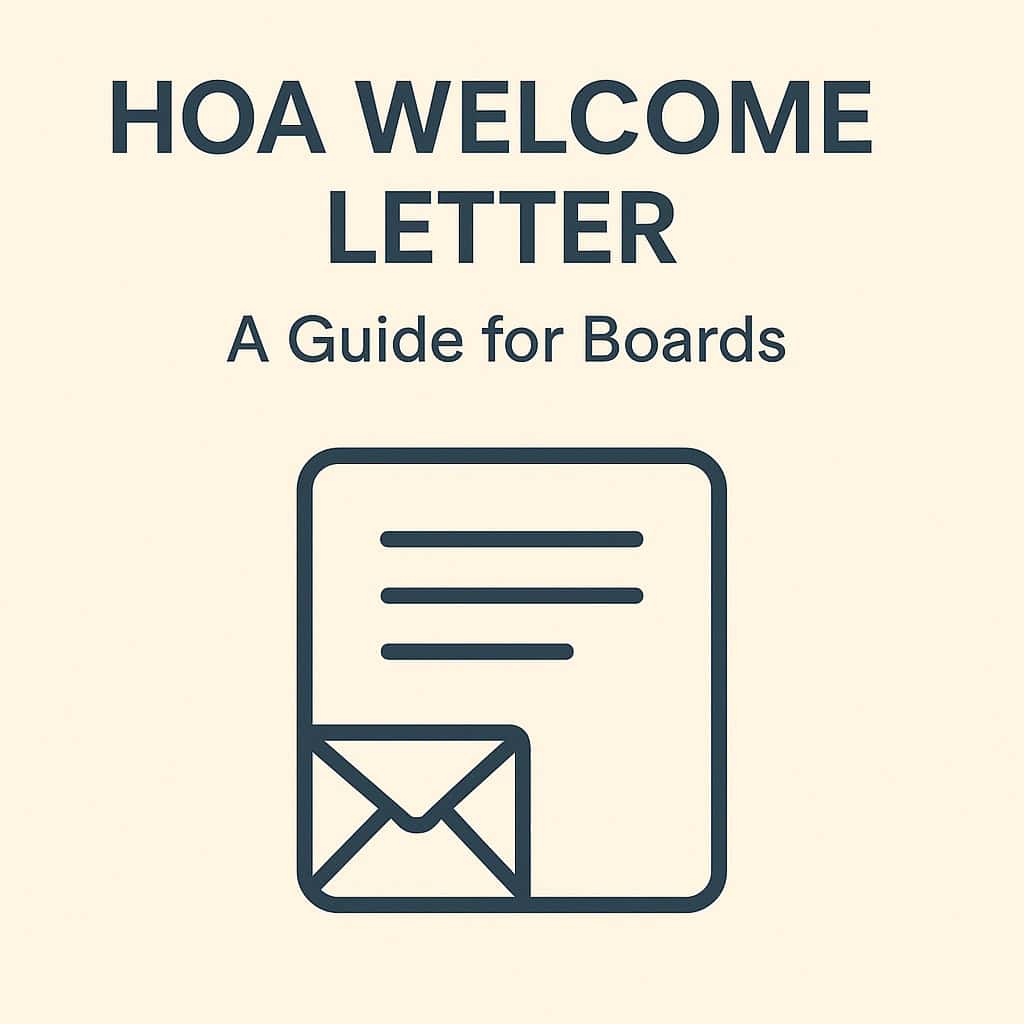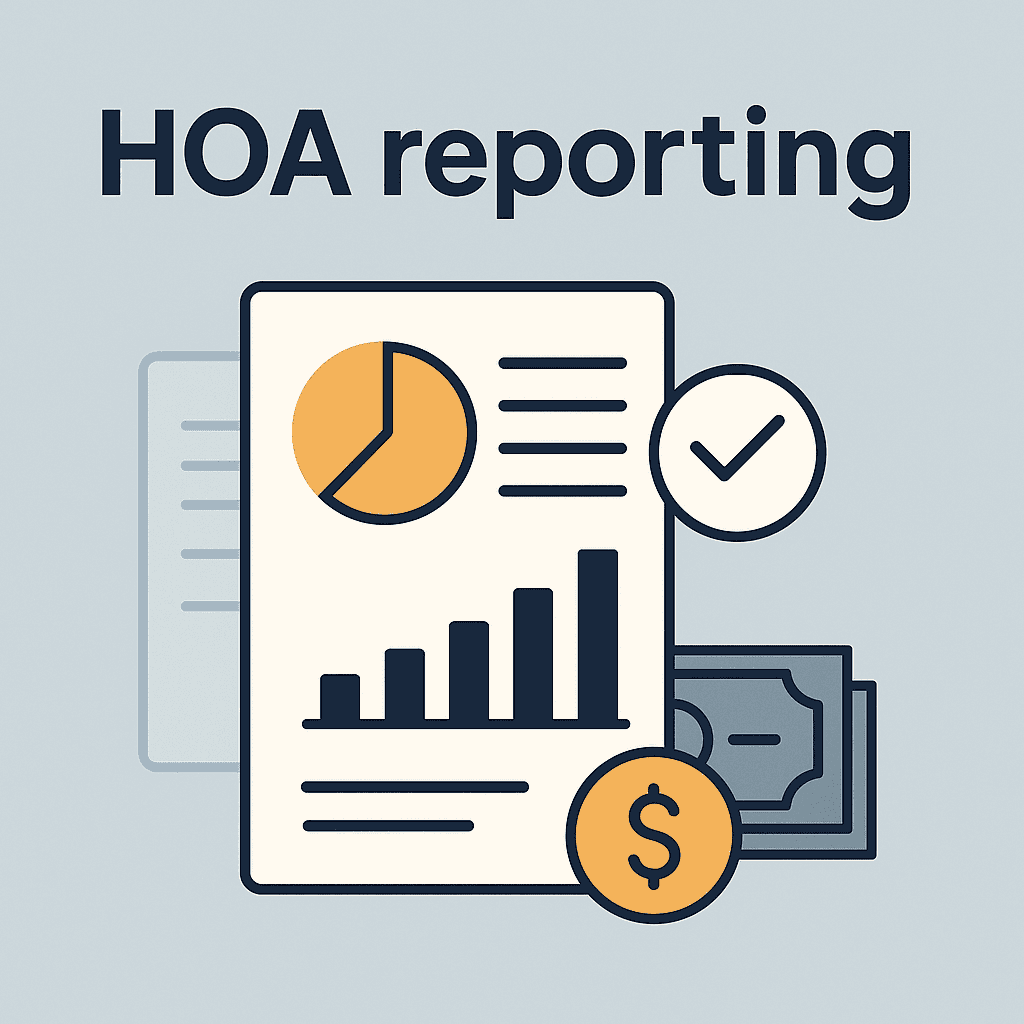HOA holiday decorations rules: Start with purpose and authority
Holiday décor brings joy. It can also bring disputes. This guide shows HOA boards how to set HOA holiday decorations rules that are fair, safe, and enforceable. You’ll get a simple process, rule examples, legal guardrails, and a communication plan you can put in motion this season.

Say why the rules exist. Keep it simple: safety, neighbor comfort, and curb appeal. Then confirm you have the power to adopt them. Your authority should come from the declaration/CC&Rs and bylaws, which give the board rule-making power. If your documents don’t authorize seasonal rules, fix that first. Courts can strike down overreach. The Sainani v. Belmont Glen case is a cautionary tale. The HOA’s seasonal lighting guideline was invalid because the declaration didn’t authorize it.
Decide the scope (keep it narrow and clear)
Most communities cover a few common areas of risk and friction:
- Timing. When lights and décor may go up and must come down. Many HOAs use “30 days before” and “two weeks after” a holiday as a baseline.
- Hours. What times décor may be lit or play sound.
- Noise. No singing Santas or speakers after quiet hours.
- Size/type. Limits on large displays and inflatables.
- Location. No décor in common areas, roofs, or fences unless approved.
- Safety. Avoid fire hazards; keep access clear for emergency vehicles. Trim vegetation; secure lights (wind).
These are standard and easy to understand. They also align with what large management firms recommend.
Write rules people can follow
Use short clauses. Avoid vague words like “tasteful.” Tastes differ and arguing “taste” wastes time. Focus on observable facts: dates, hours, sizes, placements, and safety. If residents keep raising style issues, run a process to update the documents rather than debating aesthetics case by case.
A few example clauses you can adapt:
- Timing. “Outdoor holiday décor may be installed no earlier than 30 days before a holiday and must be removed within 14 days after.”
- Hours. “Lights may be on from sunset to 11:00 p.m.”
- Noise. “Decorations may not emit sound between 9:00 p.m. and 8:00 a.m.”
- Inflatables/size. “Inflatables are limited to one item under 6 ft tall. Large displays require approval.”
- Location. “No decorations in common areas or on roofs/fences without written approval.”
- Safety. “Secure fixtures to prevent wind displacement; cords must not cross walkways; keep exits and drives clear.”
Mind the two hot buttons: religion and speech
Do not police beliefs. Don’t ban religious displays while allowing other holiday décor. That invites conflict. Keep common-area décor neutral, or represent faiths equally if you choose to display them. On private property, regulate time, place, and manner. Not the message. That keeps you focused on safety and shared quiet hours.
Also remember: homeowners in HOAs accept some limits that non-HOA residents don’t face. That’s normal, but rules should still be reasonable and clearly tied to your authority.
Build a simple variance process
Some residents will ask for exceptions. Publish one form and one deadline. State what you’ll consider: dates, size, placement, proximity to neighbors, and safety. Require photos or a sketch. Decide quickly and in writing. Your documents can allow a covenants committee to handle these requests.
Document the enforcement ladder
Spell out what happens after a violation:
- Courtesy notice with what to fix and by when.
- Formal notice if not cured.
- Hearing and potential fines under your documents.
- Repeat violations may escalate.
Clarity reduces arguments and helps compliance. Make sure the board follows the same steps for everyone.
Communicate early, simply, and everywhere
Don’t share the rules for Holiday decorations in December. Share them early in the fall. Use multiple channels: online bulletin board, website, and your resident portal or email. Keep the message short. Link to the full policy. Remind people where to find FAQs and the variance form. Then send two quick reminders: at “go-up” time and before “take-down” week.
Tone matters. Be fair. Be reasonable. Survey members if you’re making big changes. Residents accept limits when they feel heard and the rule fits the goal.
Run a quick legal check before you publish
Two questions:
- Do our CC&Rs let us adopt these rules? If not, amend or adopt via a board resolution only if the declaration allows it.
- Are we regulating methods, not messages? Keep rules content-neutral and tied to safety, hours, and placement. The Sainani decision shows courts will strike seasonal rules that lack clear authority in the declaration.
Safety checklist for holiday décor
- Secure lights and cords. Prevent trips and wind issues.
- Keep exits, sidewalks, and roadways clear.
- Set off-hours for sound and lights.
- Trim dry vegetation and review fire policy, especially in wildfire-prone areas.
- Use GFCI outlets outdoors and rated extension cords (state this in your rules).
Rollout plan you can copy this week
- Draft rules using the scope above. Keep each clause one sentence.
- Check authority against your declaration/bylaws. Adjust if needed.
- Approve at a board meeting. Record the resolution if your state or docs require.
- Publish on the website and portal. Send a one-page summary with dates, hours, and safety points.
- Open variances for two weeks. Decide within seven days of submission.
- Train enforcement. Align on notices, cure periods, and hearing steps.
Final note
Keep rules simple and specific. Tie each clause to safety, nuisance, or access. Make them content-neutral and authorized by your CC&Rs. Communicate early. Offer a small variance process. Enforce the same way for everyone. That’s how holiday décor stays fun, and conflict stays low.
FAQ: HOA holiday decorations rules
- Can our HOA ban holiday decorations? No blanket bans. Regulate time, place, and manner. Keep rules content-neutral. Make sure your CC&Rs/bylaws give the board rule-making authority.
- What dates and hours can we set? Set clear install/take-down windows (e.g., up to 30 days before; remove within 14 days after). Define lighting hours (e.g., off by 11 p.m.). Publish in one place.
- How do we handle religious displays and free speech? Don’t regulate the message. Regulate safety, placement, and hours. Keep common-area décor neutral or balanced. Check state rules that protect religious items.
- What’s a fair enforcement path? Courtesy notice → formal notice → hearing/fine per documents → escalation for repeats. Apply consistently. Keep records.
Sources
- EMS Elite Management Services
- First Service Residential
- Dunlap Bennett & Ludwig






